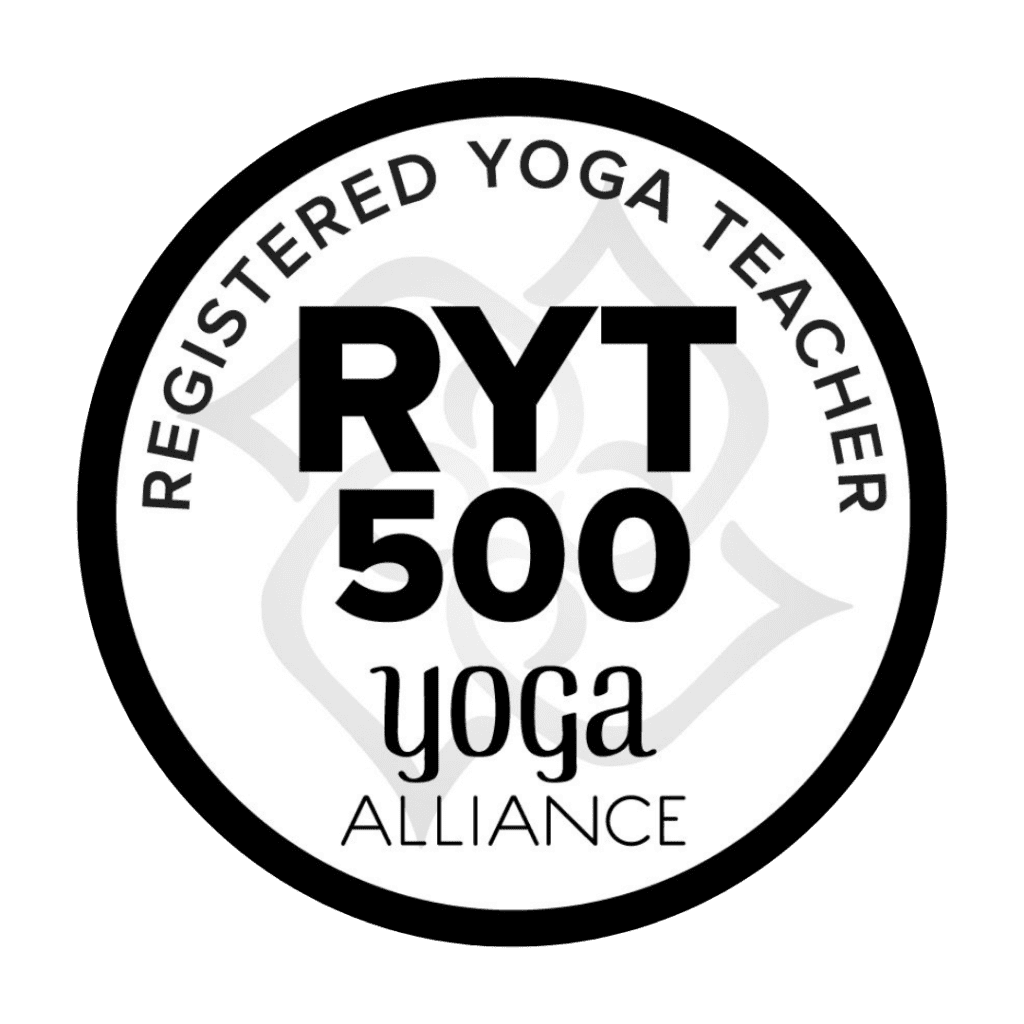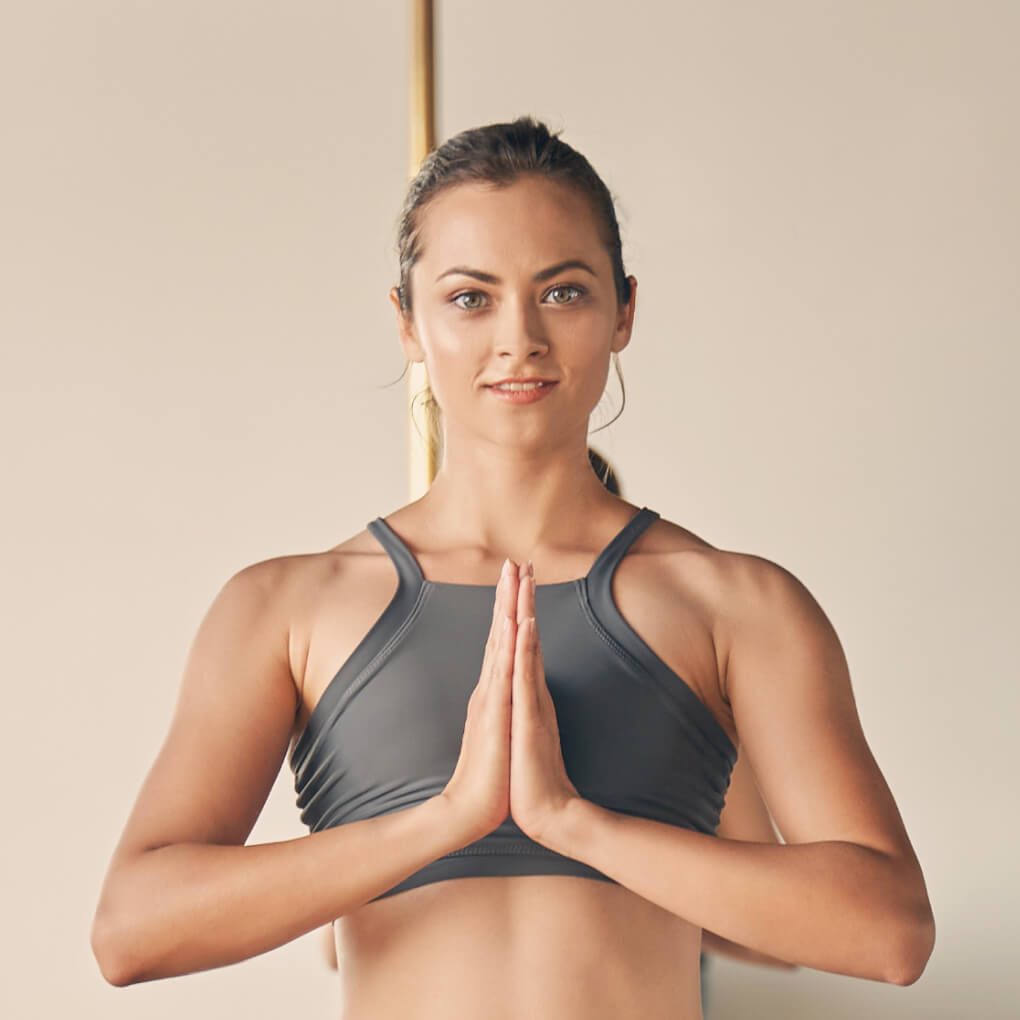
Himalaya – Sanskrit – meaning: Place where snow abodes.
Manaslu (8163m) taken from the Buddhist Gompa at 4100m
It has been a lifelong dream to visit the Himalaya region. As a boy, we had a globe at home where the mountain regions were shown as bumps, and of course, the highest bumps on that globe were in the Nepal/India/Tibet/Pakistan region. As I got older, I became fascinated with stories of exploring this region from a mountaineering perspective and digested numerous accounts of first ascents in the Himalaya region.
More recently, my focus has become more targeted to the mysticism of this area. It is an area that houses not only the power of its nature, but also is a bastion for those seeking spiritual enlightenment. Why is this so? Do these mountains reverberate some special energy? Is it because so many spiritual seekers have travelled there that it is simply enough to rock up there? Or does this raw beauty simply provide one with peace of mind?

After doing research at a library in Oslo, I had decided upon the Manaslu circuit trek. There are many interpretations on the word Manuslu, but the one I liked was derived from Sanskrit meaning:
“Mountain of the Soul!”

The Manuslu mountain stands at 8163m and is the eighth highest mountain in the world. This trek was to be a 16-day journey covering 177km up towards the border with Tibet. The trekking trail follows an ancient salt-trading route along the Budhi Gandaki River. En route, 10 peaks over 6,500 metres (21,325 ft) are visible, including a few over 7,000 metres (22,966 ft). The highest point reached along the trek route is the Larkya La at an elevation of 5,106 metres. This area covers six climatic zones: the tropical and sub-tropical zone, elevation varies from 1,000–2,000 metres (3,300–6,600 ft); the temperate zone (within elevation range of 2,000–3,000 metres (6,600–9,800 ft); the sub-alpine zone elevation range of 3,000–4,000 metres (9,800–13,100 ft); the alpine zone, a range of 4,000–5,000 metres (13,000–16,000 ft)) meadows; and the arctic zone (lying above 4,500 metres (14,800 ft). The zones coalesce with the variation of the altitude from about 600 metres (2,000 ft) in the tropical zone to the 8,156 metres (26,759 ft) summit of Manaslu in the arctic zone.




Who are these people who called this mountain region their home?
What sort of life do people lead here?
What associations, if any, does one get whilst walking here?
The following is not only a chronological account of my trip, but rather, it is a combination of images and reflections that I experienced as a Himalayan seeker along the way.









8 responses
Fantastic
This is epic Ritchie!
I’ll be Following!
Thanks my bro! You know a thing or two about sojourns mate 😉
Thanks Alex. Will do!
Take it all in – even what is small and near!! Looking forward to what‘s coming your way – and seeing your photos. Go well 😘
Thank you Sandy! I will!
Keep the photos and poetry coming.
Could you write more about your trekk? Fascinated to read
Sure! You can follow the Manaslu trek from beginning to end in the bog Kiran.